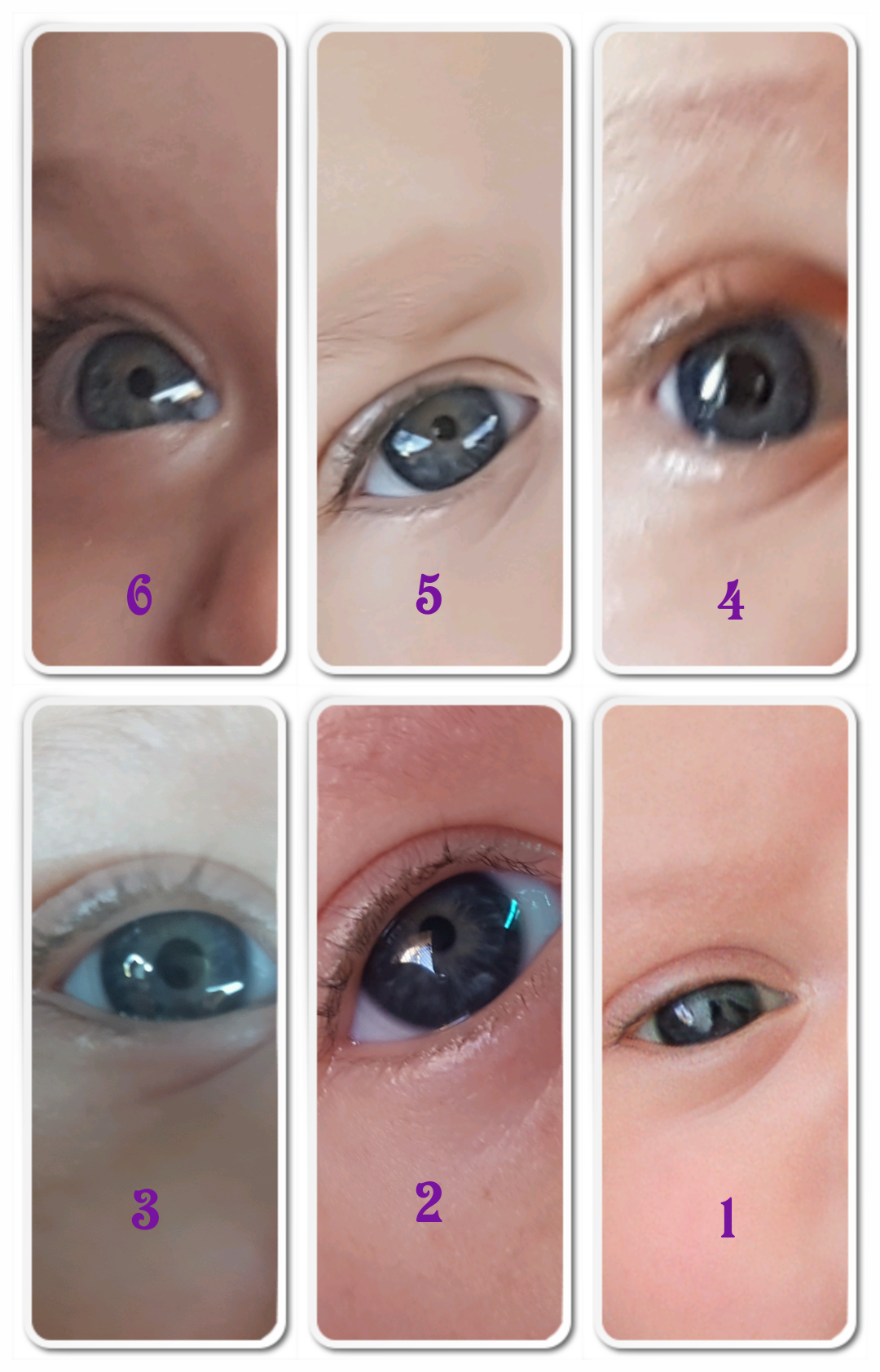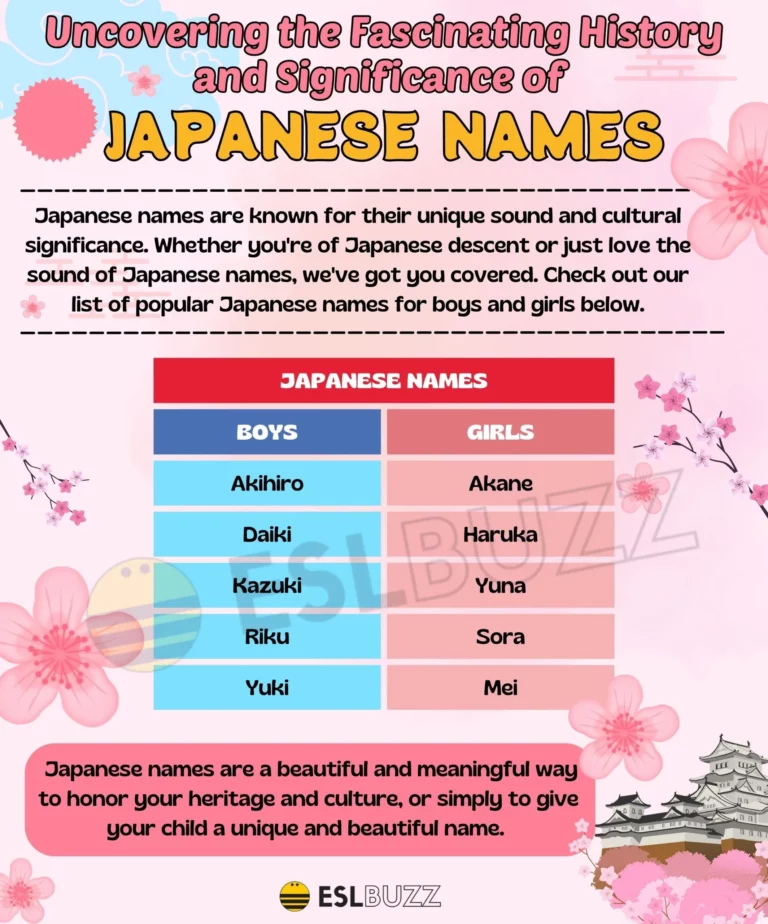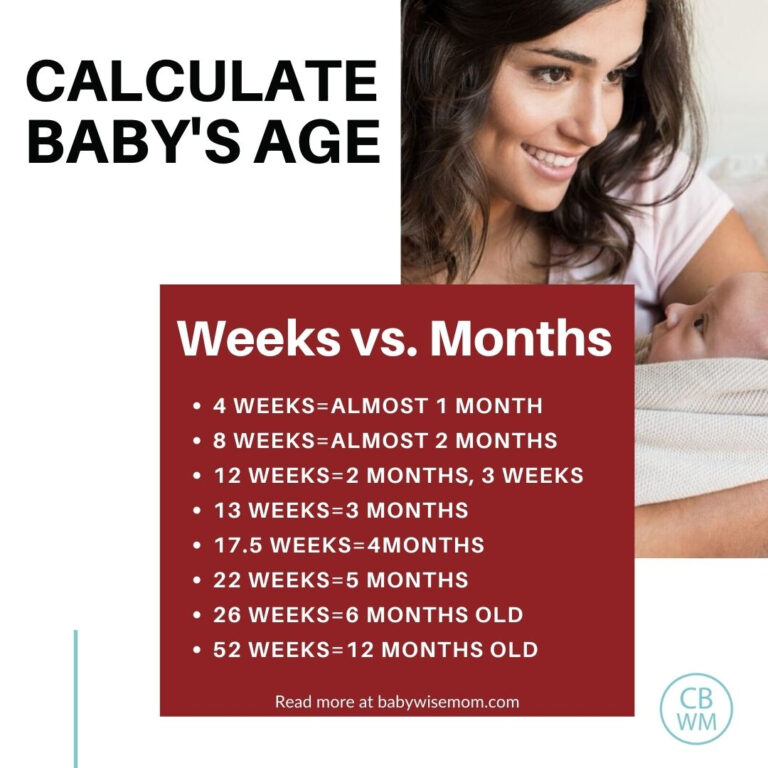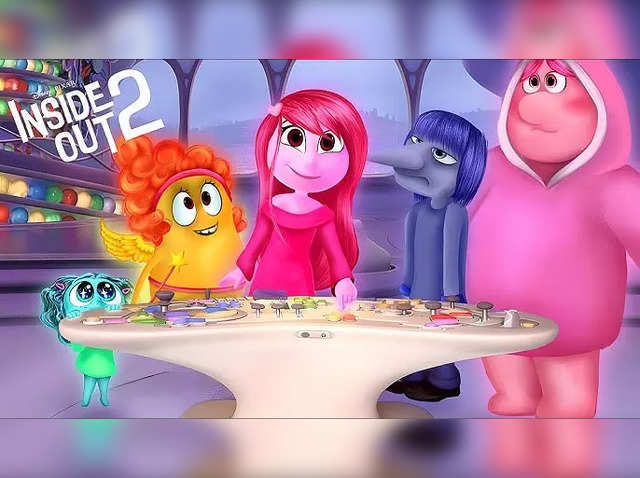What Age Do A Baby’s Eyes Change Color: A Comprehensive Guide
Have you ever wondered at what age a baby’s eyes change color? It’s a common question among parents and caregivers, as the color of a baby’s eyes can be a fascinating aspect of their development. In this article, we will delve into the intricate details of when and how a baby’s eyes change color, providing you with all the information you need to know.
Knowledge
Before we dive into the specifics of when a baby’s eyes change color, it’s essential to understand the basics of eye color genetics. Eye color is determined by the amount and distribution of melanin in the iris of the eye. Melanin is a pigment that gives color to our skin, hair, and eyes. The amount of melanin present in the iris determines the eye color, ranging from blue to brown and all the shades in between.
Most babies are born with blue or gray eyes due to the lack of melanin in their irises. This initial eye color is often temporary and can change as the baby grows and develops. The final eye color is usually established by the age of three, but the process of changing eye color can vary from child to child.
Several factors can influence when a baby’s eyes change color. Genetics play a significant role, as eye color is inherited from parents. The color of a baby’s eyes at birth can provide clues to the possible final eye color, but it’s not always a definitive indicator. Other factors such as exposure to light, melanin production, and genetic variations can also impact the final eye color.
While most babies’ eye color changes within the first year of life, the exact timing can vary. Some babies’ eyes change color within a few months, while others may take up to three years to reach their final hue. It’s essential to be patient and observe the gradual transformation of your baby’s eyes as they grow and develop.
It’s not uncommon for a baby’s eyes to go through multiple color transitions before settling on a final shade. For example, a baby born with blue eyes may develop green or hazel eyes as they age. Similarly, babies born with brown eyes may experience a lightening of their eye color over time. These transitions are part of the natural development process and are perfectly normal.
Conclusion
In conclusion, the age at which a baby’s eyes change color can vary, but most babies establish their final eye color by the age of three. Understanding the genetics and factors influencing eye color change can help you appreciate the unique journey of your baby’s eye development. Remember to cherish every moment and embrace the beauty of your baby’s changing eyes.
For parents and caregivers, knowing when and how a baby’s eyes change color can provide insight into their child’s genetic makeup and development. By observing the gradual transformation of your baby’s eyes, you can witness the wonders of nature at play.
Ultimately, the color of a baby’s eyes is a small yet significant part of their identity. It’s a reminder of the intricate genetic processes that shape who we are and a testament to the beauty of diversity in the world. So, the next time you gaze into your baby’s eyes, marvel at the magic of their ever-changing colors and embrace the uniqueness that makes them truly special.






